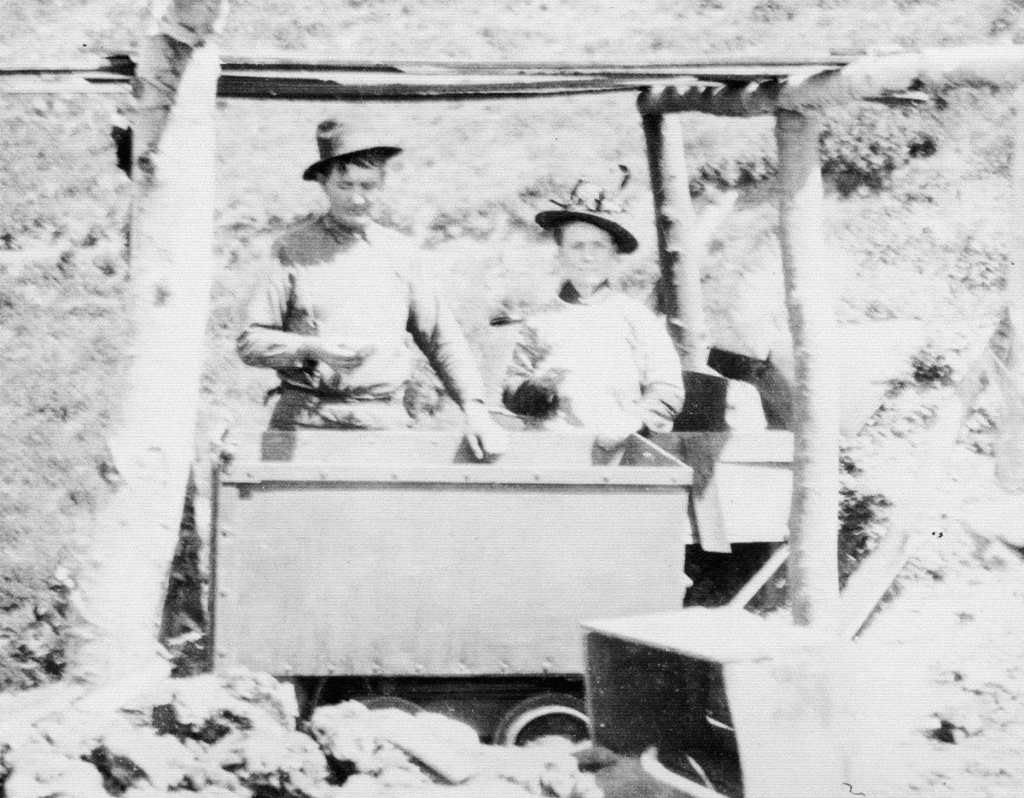Last week’s article recounted the early history of the John the Revelator mine in Snake Creek Canyon. It had been patented by Dr. Silas Reed, but Reed’s claims (the Reed Group), including the Revelator, were in litigation when he died in 1886. Reed’s estate attempted to work the claims, but without any real mining expertise or capital investment, they were not productive.
In 1901, Walter Scott bought the Reed Group for about $36,000, on behalf of the Anchor Mining Company, which was only interested in the Reed Group claims adjacent to their workings. With the Anchor uninterested in the Revelator, Scott ended up owning the Revelator with J.E. Gallegher, the head of a mining machinery business.
Walter Scott was born in Copenhagen in 1847. Orphaned at an early age, he immigrated to the U.S. when he was eighteen and worked on farms in Illinois until 1870. He homesteaded in Kansas but was ruined by the grasshopper plague of 1874. In 1878, after stints as postmaster, deputy county clerk and treasurer in Beloit, Kansas, he found work at a bank, where he advanced rapidly.
In 1880, he married Allisa Smith. They moved to Park City in 1891 and settled in a house on Woodside Avenue. Here he was active with the Masons and the Knights of Pythias. He served as secretary to numerous mining companies and as director of the Park City Ice Company. He was described as “an expert accountant” and audited the books of the Park City Bank when it went defunct in 1893.
In 1902, various persons associated with smelting and mining interests in the area formed the Utah Mining & Machinery Company. J.E. Gallegher was appointed vice-president and manager and Scott was appointed secretary. Scott then moved his family to Salt Lake City. In 1909, just a week before his unexpected death, the Park Record listed Scott amongst those who had made their fortunes from Park City mines.
There is no record of production from the Revelator mine during Scott’s lifetime, but in 1911, Mrs. Scott and Gallegher leased the mine to Samuel Hair, a well-known mining man. By January 1912, Hair had four employees and a tunnel 260 feet into the hillside. He had shipped sixteen tons of ore valued at $59.24 per ton. Though this doesn’t sound like much, operating costs at that time were $2.50-3.00 per ton, so the mine held promise.

Photo credit: Park City Historical Society and Museum, Himes-Buck Digital Collection
By the end of 1912, the Revelator mine had combined with the adjacent St. Louis mine and had twelve employees. They shipped another seventeen tons of ore variously valued up to $80 per ton. The mine was leased to new management the following year.
Work continued at the Revelator over the next thirty years with occasional small shipments, but it never became a big producer. A 1945 report in the Park Record noted that Paul Gorlinski was supervising work at the Revelator. But that was the last word on the mine.